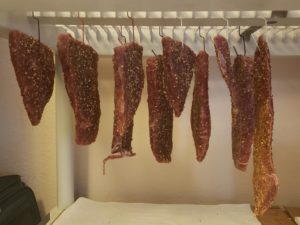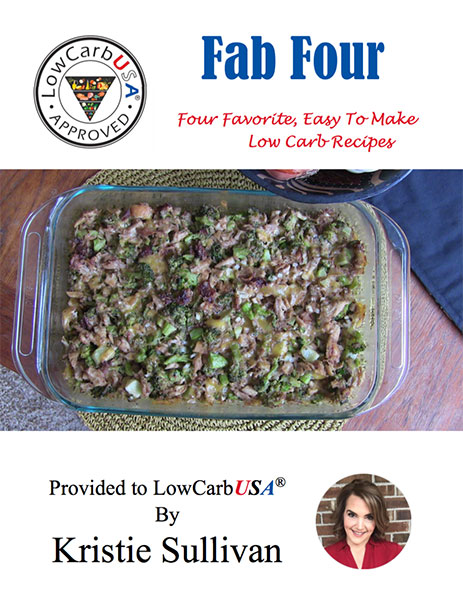Like so many, I’ve spent a great deal of time confined to my home over the past month. As I started thinking of projects I could do around the house, it occurred to me that it’s been several years since I made a batch of my famous South African biltong.
As someone who has regained his health and lost weight sustainably through therapeutic carbohydrate restriction, I’ve learned that there is really no better meal or snack than biltong, which is essentially dried meat with just a few extra natural ingredients added for seasoning and preservation.
When I told a few friends about my plans to make another batch of biltong, I was surprised by how much interest they had. Some didn’t even know what biltong was (I’ll explain that, shortly), but almost all were interested in learning more about how to make their own high protein, delicious dried meat snacks.
If you’ve ever tried to find a low-carb meat snack at a convenience store, you know how difficult it is to find one without added sugar and a bunch of preservatives. And most of the commercial jerky products are tough and leathery. It turns out that making your own biltong is not terribly complicated, quite economical, and produces a delicious end product that you will not find in any convenience store.
I videotaped the entire process, which takes about four days from start to finish. With a little fast-forwarding and editing, I was able to condense it down to about 90 minutes, and share with you everything you’ll need to know about making your own relatively inexpensive, high-protein biltong. Not only does biltong taste great and help keep your low-carb way of eating on track, it’s great for taking with you on a hike or road…
What is biltong and how does it differ from jerky?
Many people mistakenly assume biltong and jerky are the same thing, but there are some critical differences that drastically affect the taste and texture of the these dried meat snacks. Both biltong and jerky are made from meat (for our purposes, we’ll assume beef), but that is where the similarities end.
Jerky is typically made from very thin slices of meat, which is then smoked and/or dehydrated in order to cure it, resulting in an end product with a shoe-leather texture. The beef used for biltong is usually sliced much thicker (one-inch strips are common) and often, optionally, with a greater fat content. Vinegar, salt, and spices are added to the meat, and the drying process does not involve heat. The finished biltong has more of a meaty texture and flavour and it does not have the tough consistency of jerky.
Biltong Ingredients
The ingredient list for homemade biltong is surprisingly short. You’ll need meat (for my demonstration I used about 15 pounds of a cut known as “eye of round”, which is from the top of the cow’s hind leg), rock salt, coriander seeds, pepper seeds, and vinegar.
You can experiment with different cuts of meat, but the eye of round has a relatively uniform marbling that yields more consistent pieces than some alternatives, and it’s also reasonably priced.
The rock salt (or ice cream salt) is used to help draw out much of the moisture from the meat, before the coriander and pepper seeds are added for seasoning, and the vinegar is applied to to help preserve and protect the meat as it goes through the final drying process.
Supplies

Biltong drying in homemade drying rack.
You’re going to need some basic supplies like a sharp knife, baking trays, a plastic container big enough to hold the amount of meat you purchase, a spray bottle (to spray the vinegar), the ingredients mentioned above, and a system for hanging your meat strips to dry (I used a plastic shelving unit and vinyl covered paper clips, but you may come up with some other creative solution). You will also need an electric fan, and some ziplock bags in which to store the finished product.
The best way to proceed is to watch the video above. You can also find the recipe here. If you decide to make your own, take some pictures and share with us on Twitter, Instagram, or Facebook. Feel free to experiment with different spices and flavourings, and let us know how it works for you.
The bottom line—there is no such thing as bad biltong. I promise you, if you make this delicious snack once, you’ll be doing it for the rest of your life!

